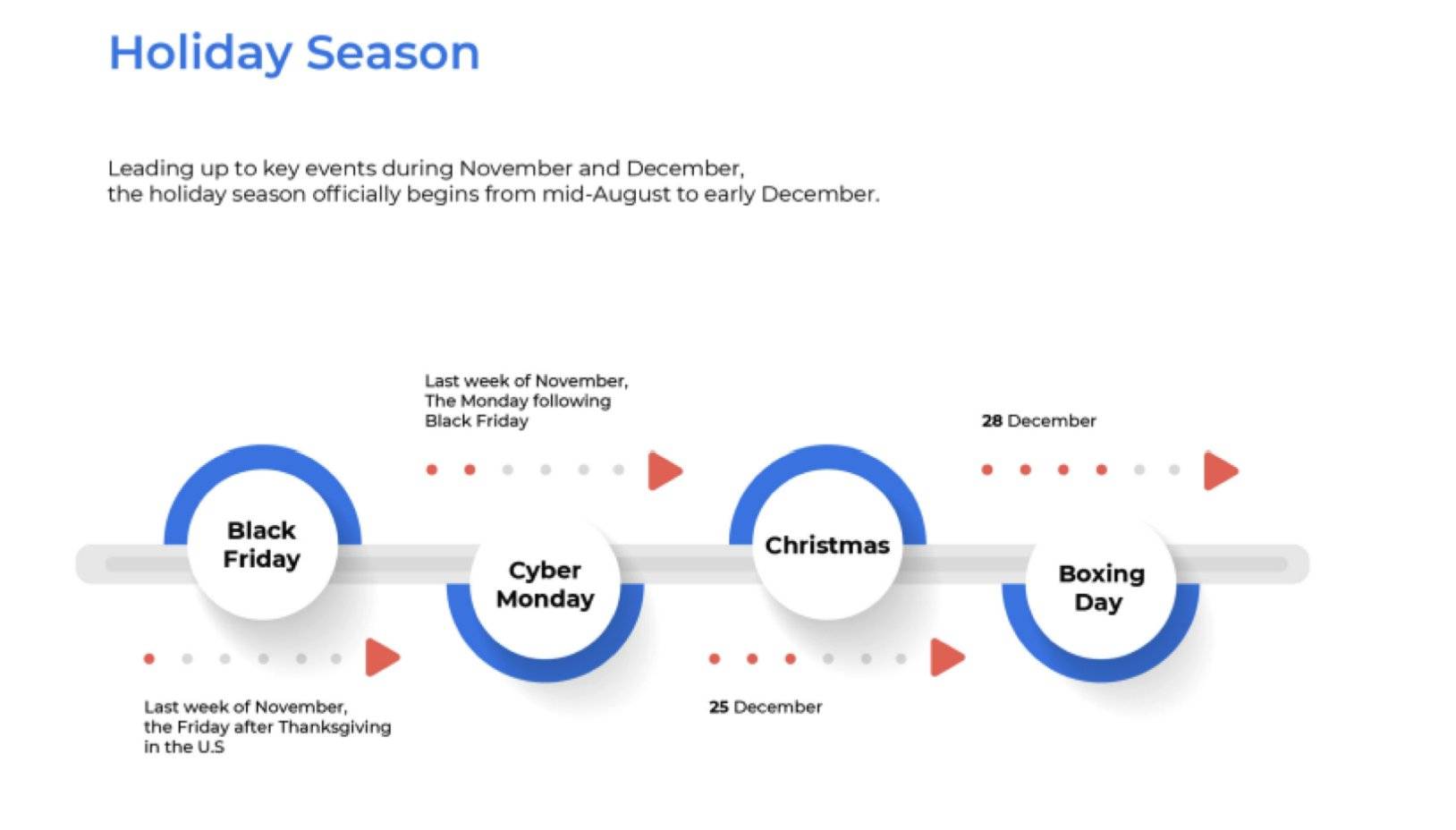In today’s hyper interconnected world, the role of logistics globally has never been more important. Consumer demand continues to increase exponentially, putting pressure on the already volatile supply chain industry.
In the world of logistics, the only thing certain is that nothing is for certain. Despite that, the sector continues to prove its resilience again and again, regardless of external factors at play.
While this achievement is due to several factors, the key to it all is meticulous planning and preparation – a highly valuable solution to better managing uncertainty.
This is where learning things like how to navigate some of the busiest shipping periods in the calendar year can optimise your supply chain processes toward success.
From Golden Week to the holiday season, there are key dates on the global logistics calendar that you need to be aware of. Effectively planning around these periods can help you streamline your supply chain operations, consequently avoiding delays and saving you both time and money.

During peak periods, it is common for businesses to experience issues such as high shipping costs, container shortage, shipping delays and more.
With businesses rushing to deliver their goods in time ahead of key holidays, demand for transport significantly rises resulting in higher freight quotes and costs across all methods of transportation. Moreover, it adds pressure on warehousing services and last-mile delivery providers to process orders, impacting delivery times.The transport sector ends up in tight capacity mode, which generally means carriers are likely to be overbooked – resulting in cargo getting rolled.
Additionally, ports and customs operate at a minimum capacity particularly during Chinese New Year (CNY) and Golden Week, directing urgency toward priority cargo such as reefer cargo, and leaving all other remaining shipments behind until operations are back to normal. Then there’s the blank sailings following the holiday, which means enduring further delays on shipments.
While it may feel overwhelmingly difficult to remain in control of your supply chain during these timelines, there are a few ways you can enhance your existing processes to better navigate peak shipping times.
1. Planning ahead goes without saying. Start planning at least a couple of months in advance of key dates and ensure you’re considering the period after each holiday too, as the impact of these events tend to drag out further. Develop a specific and comprehensive markets shipping plan to outline where you’ll be shipping, how many containers you need to book, who you’ll be shipping with and what your options are. And with shipping costs becoming especially high during peak seasons, make sure to negotiate freight rates and compare quotes before committing to a freight forwarder.
2. Explore alternative modes of transport. Identify the best mode of transport for your supply chain based on the nature of the products you’re delivering and your budget. Consider that air freight costs will be significantly higher than ocean freight costs, so unless your shipments are time-sensitive or your products are deemed high-value or perishable, avoid air freight options.Once you’ve decided which shipping option suit your business, begin exploring shipping schedules to find the nearest sailing dates and book them ahead of time to secure your spot at a good rate.
3. Track your shipments. Knowing exactly where your shipment is at any given time can help you plan better and meet customer expectations. It can also play a role in increasing your revenue and reducing operational costs. Real-time visibility is increasingly becoming an essential part of any shipping process. Therefore, if the company you’re doing business with can’t provide a way to track your goods, consider using a different company. Most containers should be traced. In fact, some freight forwarders can go as far as developing a detailed route plan for you. Using tools like route planner, carriers and freight forwarders can plot shipments and share specific transit details and dates with customers.
Remember, being aware of peak shipping periods throughout the year is the first step toward learning how to navigate these timelines. And despite the unprecedented nature of the logistics landscape, planning well in advance can set you up for success.
Finally, finding the right shipping partner can also help guide you through the process, saving you more time and money.

